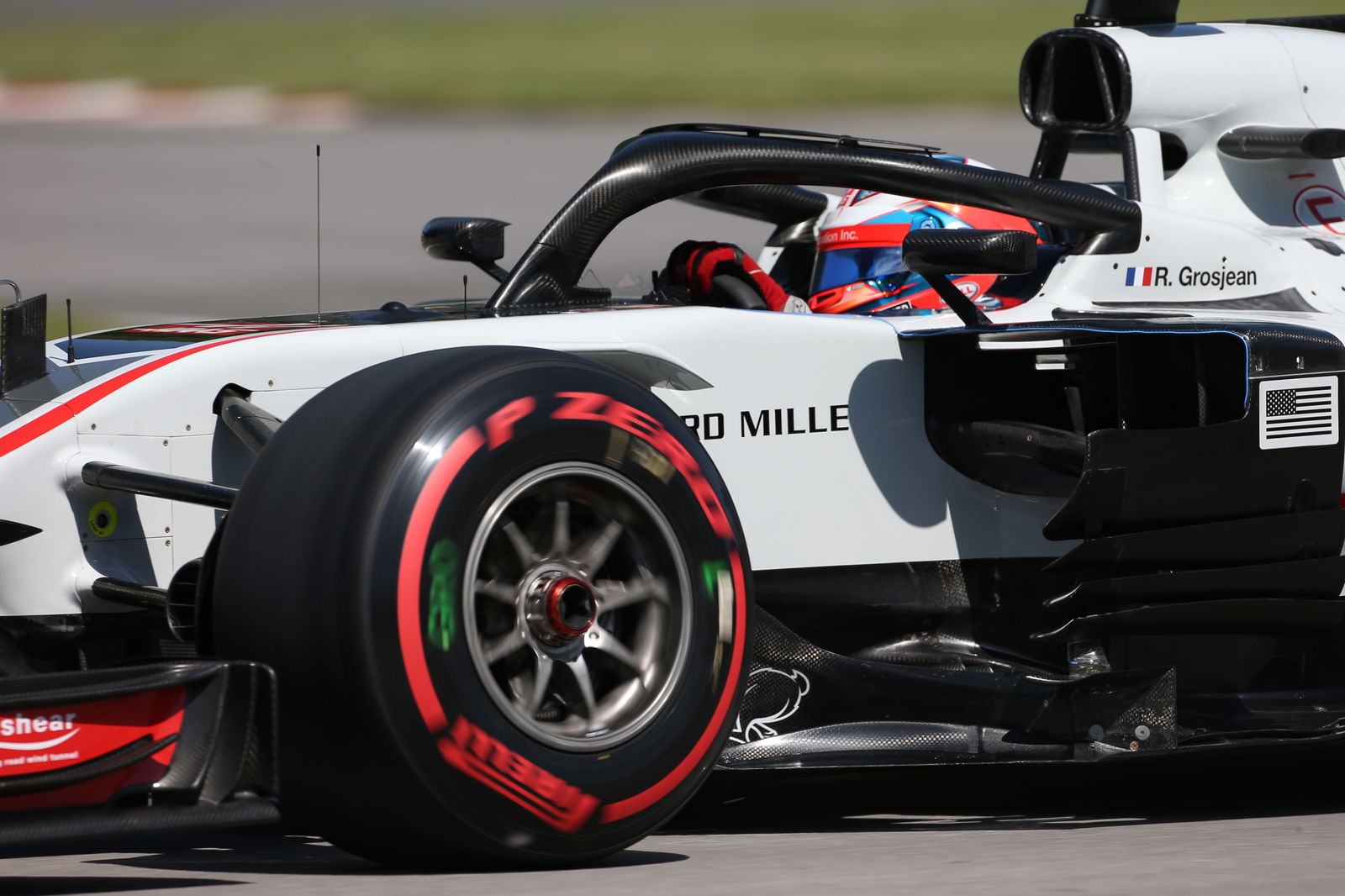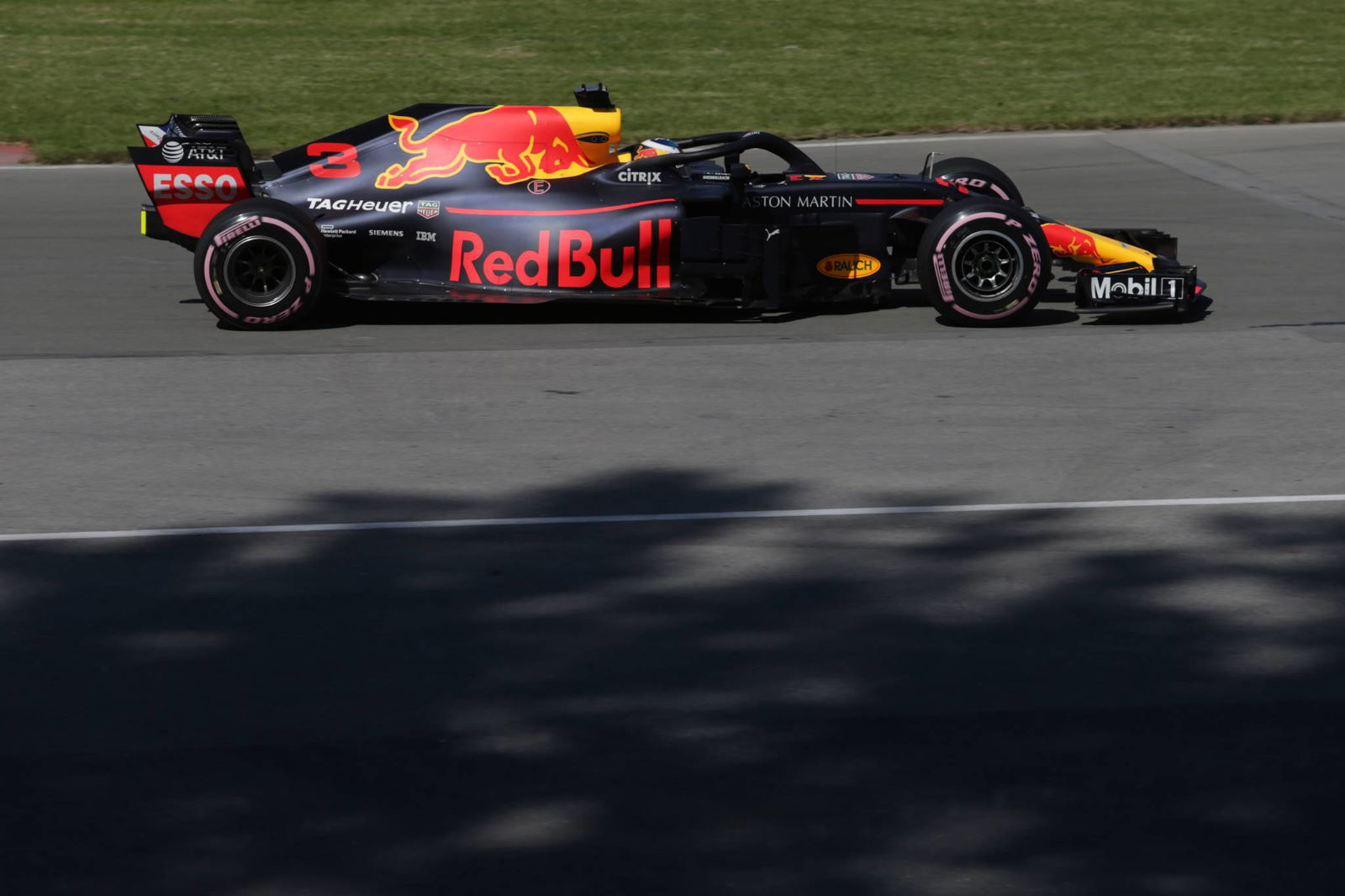Tech: Whose F1 upgrades could leave Mercedes in the shadows?
With only three power units available for the season and having completed six of the 21-race championship it is a good time to bring an upgraded specification, reserving the high mileage unit for its final weekend at a less power-sensitive circuit.
The long straights that connect a series of chicanes along the Circuit Gilles Villeneuve tend to expose not only a lack of power but also inefficient aerodynamics – Mercedes have ruled the roost here in recent years, but their rivals are closing and there is a sense of opportunism following a development setback for the Silver Arrows.

With only three power units available for the season and having completed six of the 21-race championship it is a good time to bring an upgraded specification, reserving the high mileage unit for its final weekend at a less power-sensitive circuit.
The long straights that connect a series of chicanes along the Circuit Gilles Villeneuve tend to expose not only a lack of power but also inefficient aerodynamics – Mercedes have ruled the roost here in recent years, but their rivals are closing and there is a sense of opportunism following a development setback for the Silver Arrows.
Power Units
Four years into the hybrid era and the exact characteristics of each team’s power units remains clouded in secrecy and rightly so given that, according to Mercedes at least, the current regulations still have great potential waiting to be unlocked. The engine manufacturers primarily focus on the internal combustion engine to gain lap time, for the hybrid system performance relies on recuperating more energy from the exhaust gases (better combustion equates to higher gas volume) and braking from greater speed.
Furthermore, the fuel and lubricant suppliers for each team are constantly improving their formulas, which can be combined with a change in the combustion process to extract more power.
Renault, Honda and Ferrari have all brought new power units to Canada. While power increases are never openly admitted the horsepower gains are marginal but essentially at a track such as the Circuit Gilles Villeneuve. Renault, for example, are expected to have provided a 10-12 bhp boost, which equates to roughly a tenth of a second per lap.
Mercedes were also expected to introduce their second phase power unit in Canada, only to discover a “quality issue” after dyno testing the new engine last week. While their phase one unit is no slouch, at a power sensitive track the performance loss of using a high mileage engine is compounded by their rivals bringing improvements.
The issue in question is rumoured to be a tolerance problem with the crankcase. It is strange that the problem was only revealed during testing rather than during the engine build or indeed part inspection where a number of measurement tools are used to check for variance from the nominal dimension. The new units for all the Mercedes-powered teams were even shipped to Canada in advance of the weekend, which means at least six engines passed inspection throughout the manufacturing process.
Tolerances in F1 are extremely tight, particularly for engine components which are often in the micrometers – the engine can’t even be turned over without first running warm oil and water through it to induce thermal expansion to its components. High performance crankcases are CNC machined to produce very accurate and lightweight parts. It is up to the machine operator calibrate the equipment correctly, so perhaps the fault lies here and then a further calibration issue arose in quality control which failed to spot the incorrect geometry.

Ferrari
While there are a number of long straights to contend with in Montreal, the car must also provide stability during heavy braking and enough downforce to tackle fairly tight corners.
The SF71H has been remarkably strong in a straight line this year, indicative by continuing to run a conventional rear wing and Gurney flaps so far this weekend. This will help them enormously in the first and middle sectors, allowing them to switch their tyres on earlier in the lap too.
Ferrari have also brought new bargeboards, which are a further evolution of their multi-staged predecessor. The fundamental shape of the bargeboard remains the same, however the top edge of the primary board has been reprofiled and now features three additional small serrations.
The trailing edge of the vane – which provides support to the sidepod baffle – has been elongated to form an exaggerated ‘swoosh’. Finally, the fluting along the footplate has been extended forward and intersects one of the five standing miniature turning vanes.
Haas
The performance of Haas this year has been binary to say the least, finding themselves at the head of the midfield (Australia) or trundling round at the rear (Monaco). The Jekyll and Hyde trait of the VF-18 is borne out of not having a complete understanding of the tyres, an area where teams with more resources tend to gather more information and apply solutions to more easily.
Having accepted that their tyre problems can be resolved with time, their aero department has marched on by producing a plethora of updates for Canada having barely brought anything to the car so far this year. Two low drag rear wings were tested on Friday, toying with main plane and upper flap size combinations, plus more general upgrades that will feature on the car for the foreseeable future.

The update focuses around the front of the chassis. Accompanying their new front wing introduced in Monaco are revised bargeboards and sidepod baffles, which are beginning to resemble this year’s Ferrari rather than last. The mirror mounts have also been edited, no longer a dog-leg attachment to the monocoque but instead a simple, angled support connecting to the horizontal turning vane that cloaks the sidepod inlet.
The team have, however, come up with a unique solution around the floor to control how the airflow enters under the car. Two rows of three fins protrude from the leading edge (just behind the bargeboard area) to guide the air underneath the floor and induce low pressure. This air is then flipped back out to the open air further downstream, creating an artificial skirt by rolling into a vortex that seals the floor’s periphery.

